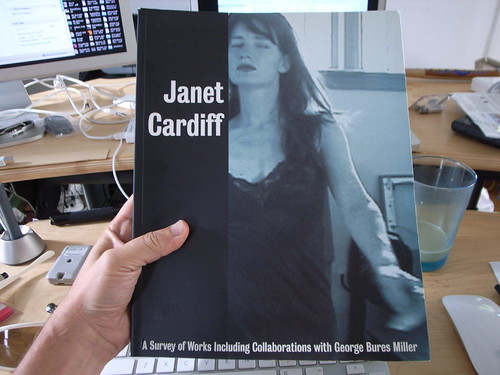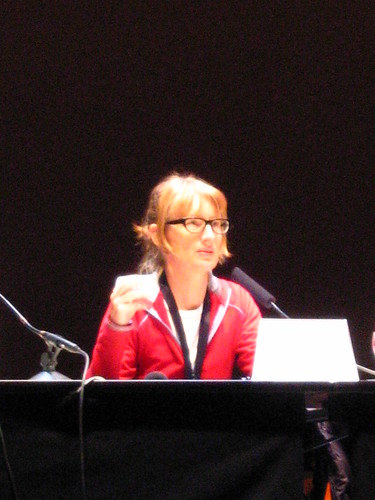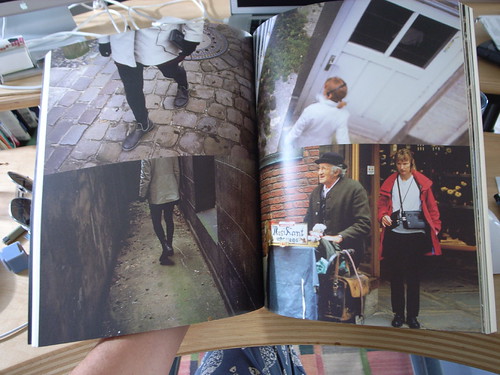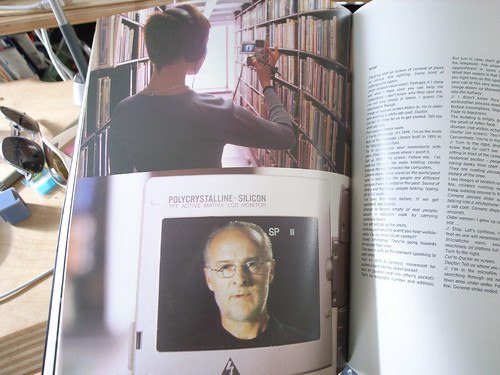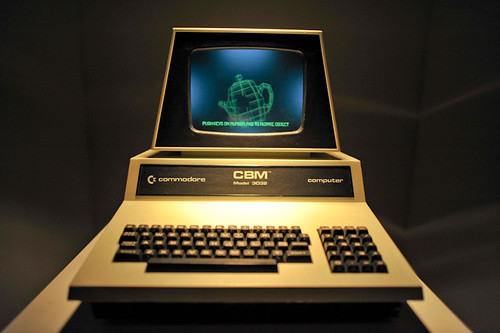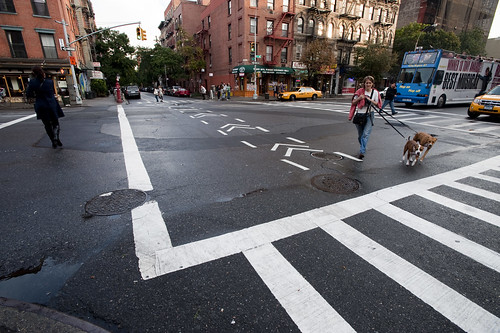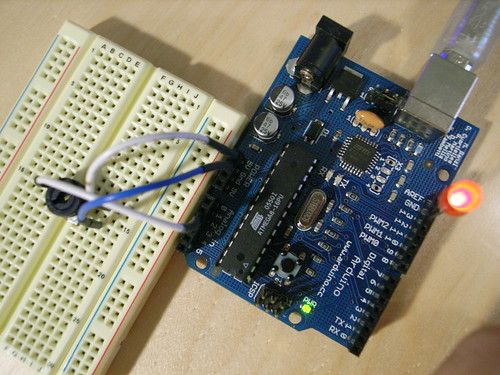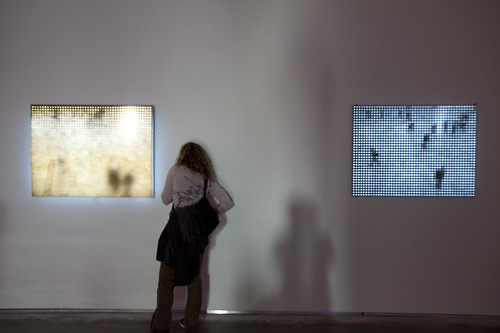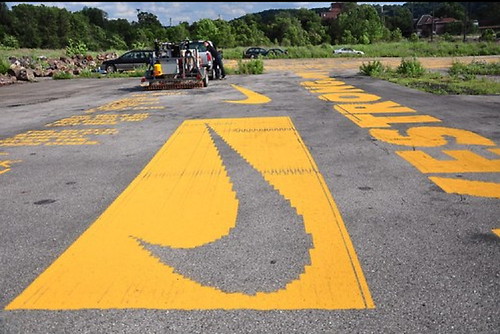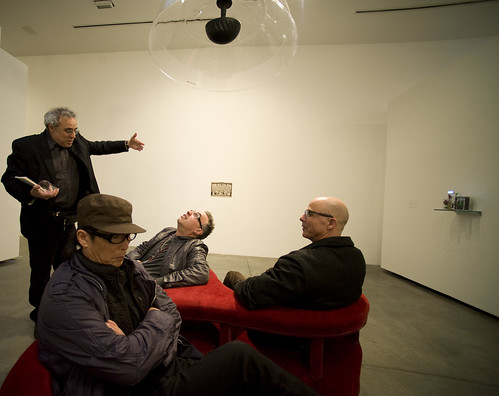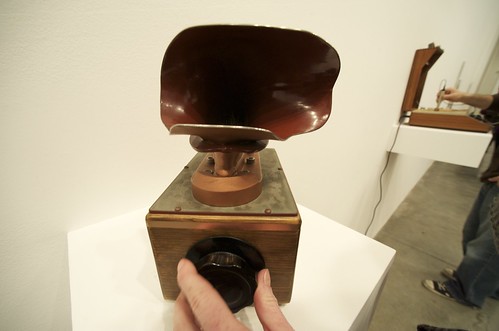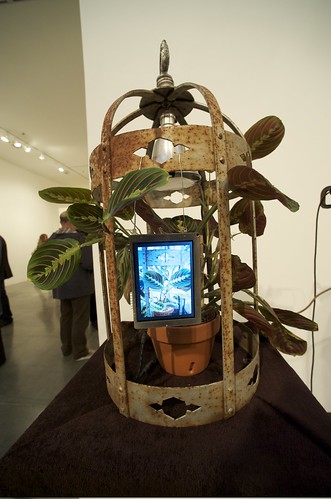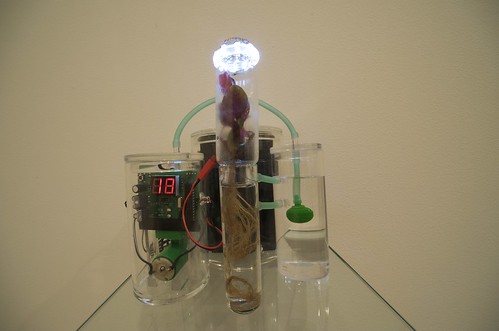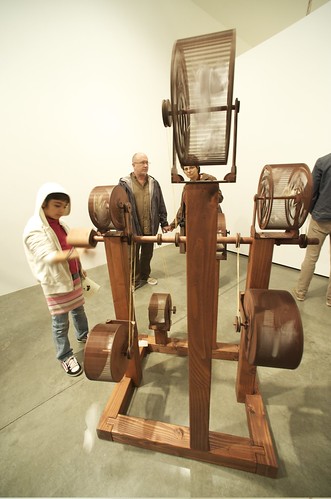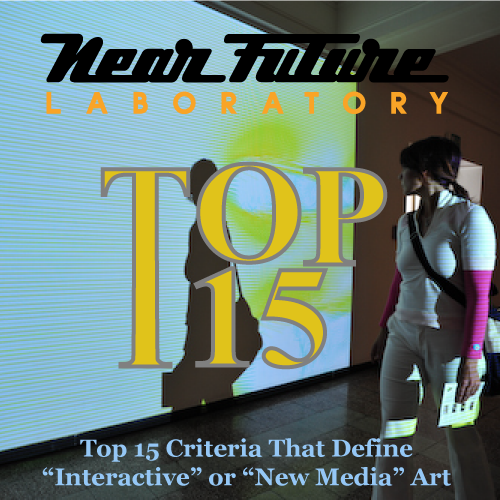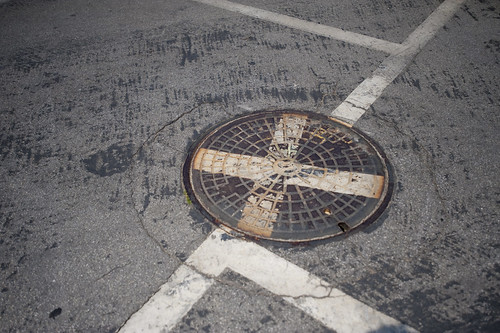Professional Statement
My professional goal as an academic is to create wider, public understanding as to the meaning of, and possibilities for, an invigorated, livable technoculture. For the last several years, through scholarship, writing and art-technology projects, I have been primarily focused on the ways that networked digital cultures operate, exist and create meaning. More recently, I have developed a commitment to revealing a deeper sense of the possibilities for actively shaping what that digitally networked world looks like, how it is co-habited by many different kinds of social beings, and how we may co-exist as social beings within it. My goals, in other words, are to make sense of the “new networked age” episteme in such a way as to create a sense that it is possible to shape our world, to “hack it”, into some place that we can inhabit in a life-affirming, sustainable way.
I believe that the world is at a crucial intersection, as always, but this one really matters. There has long been a recognition that digital networks might likely be enablers for worldly change of the most profound and impactful kind. The arguments that undergird this point of view are familiar. The fluency and literacy that a consequential number of people have with its technical underpinnings matters because fluency and literacy amongst a diversity of social formations can yield “new things.” The capacity of individuals to acquire the material skills to create their own technologies that facilitate these social formations is unprecedented. The networks continue to pervade many touch points within the social lives of a diversity of peoples, and pervade many touch points within the physical, geographic world. Such arguments continue, often based upon access, skill, the economics of digital transmission, and so forth. Succinctly, there are far-reaching implications for digital networked publics. The portents for worldly change are provocative.
While the possibility for change is latent within these enabling conditions, the direction that change takes is not entirely clear: knowledge, literacy, techno-savvy DIY-skills may yield a variety of possible worlds, not all of which, on an ethically normative register, are palatable. On the one hand, it is presently conceivable that the new networked age could provide us with a mechanism to make a world that is more habitable, more sustainable and more accepting of cultural and political difference. On the other hand, it is well within the power of the informed imagination to conceive of a digitally networked world that is precisely the opposite.
In sum, it is my professional goal to turn my creative and intellectual energy toward ways to achieve the more life-affirming social world.
My Approach To Scholarship
I hope I can distinguish my scholarship as an interdisciplinary hybrid that knits together my engineering and social sciences background, training and passions. As an engineer, I am fascinated by technology and actively develop such, but I am less interested in doing traditional engineering, such as creating more efficient data storage software, or making faster computer processors. As a social scientist, I like the idea of revealing the complex, imbricated relationship between technology and culture, but I also like to make culture through my technology projects.
The challenge for me in doing interdisciplinary work is that I embody interdisciplinarity. I want to make technology and culture at the same time. I want to do such so as to understand how culture and technology are actually two sides of the same coin, something that social theory reveals fairly well through science and technology studies, and cultural anthropology, and other disciplines as well. While also doing this kind of social theory, I want to make — design, code, build, test, release — the kinds of manifest contributions to new networked worlds that technology, absent social theory, is able to do through traditional engineering practice.
This approach to scholarship is perhaps best encapsulated in what Tara McPherson describes as a “theory object” — an instantiated “thing” that is able to “do” theory in its design, construction and use. Theory objects are embodiments of social theory and social practice, where the “social” is part of the design and construction of the “thing.” In my case, the “theory objects” I would like to construct are instantiations of the research questions my scholarship addresses.
This approach reveals social theory through the creation of technical instrumentalities, or framing theory through the creation of technological systems, or answering questions as to how meaning and social interactions can become embodied within or made possible by a device, software program or engineering practices. For instance, a component of my current book project is an investigation of more serene environments for networked digital social communication. Email, for example, and instant messaging, are seen in some contexts to be persistently nagging utilities that can be disruptive and distracting. Here, the question is around finding livable usage scenarios for IM or email. I am developing a software application that attempts to answer this question, by recasting the way in which we engage our email or interact with our IM buddies. As a “theory object”, this software may succeed or may fail or, more likely it will both succeed and fail, as all technologies and all social theories do. But, through the construction of this software object, it is my intention to both address this research question — what are less disruptive ways to engage digital communications practices. At the same time, by showing the step-by-step design and construction of the object, I can reveal the way that practice gets built into software.
